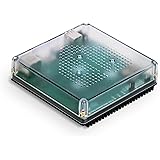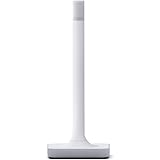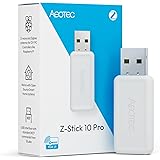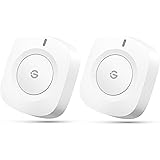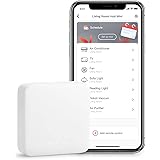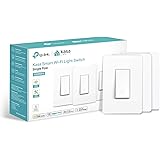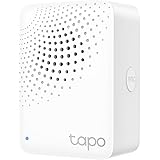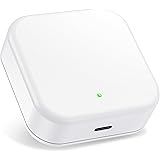
Home automation is a way to integrate and control your smart devices from one app or by voice. This gives you more functionality out of your appliances and reduces the need to ask a neighbor to do things like water your garden. It also allows you to remotely monitor your home and make sure everything is running smoothly.
Home security is the foundation of any smart system, so it makes sense that you’d want to incorporate it with home automation. There are many advantages to this, including the ability to save on energy, increase the safety of your family, and make it easier to do daily tasks such as turning off lights or adjusting the thermostat.
ADT offers a number of home automation features that can be added to your basic security package, including door/window sensors, motion detectors, and flood and smoke detectors. These sensors can help you keep an eye on what’s happening around your home, and you can connect them to other smart devices to create a more responsive living situation. For example, if your sensor detects movement outside of your front door, you can have it trigger the lights in your home, or turn on the coffee pot to wake you up.
You can also use your home automation system to set up a schedule for certain devices to turn on or off at specific times, or to automatically record video from any of your surveillance cameras. These features are useful if you’re away for work or vacation, but they can also be used to save money on your utility bills by allowing you to automate your heating and cooling.
To get the most out of your home automation system, you’ll need a reliable Internet connection. This is important because your smart devices will communicate with each other through the hub that controls your smart home security system. You should also consider getting a Wi-Fi extender for your home, especially if you live in a large house or have multiple stories.
Another important consideration is the software that runs your smart home. You’ll need to find a smart home solution that uses the Z-Wave protocol, which is compatible with hundreds of different smart products. It’s also essential that the software is easy to navigate and doesn’t rely on a complicated online portal that requires a computer or tablet to use.
ADT’s smart home integration solutions have been improving over the years, and its new ADT+ solution is a great example of this evolution. The company designed and built all of the hardware on its own, a change from its past practice of partnering with manufacturers to white label products. ADT’s Chief Technology Officer, Raya Sevilla, tells CE Pro that the new ADT+ solution will be available to DIY clients for the first 60 to 90 days before it’s rolled out to integrators. This will allow the company to learn from homeowner feedback and make any necessary adjustments going forward.
